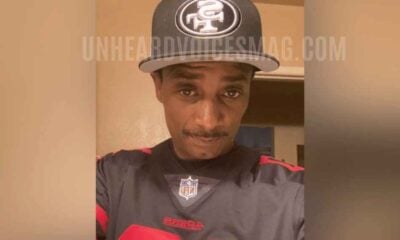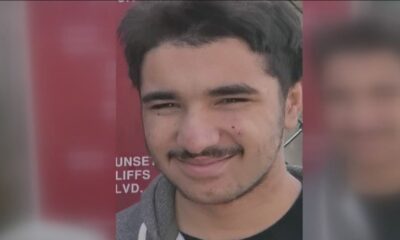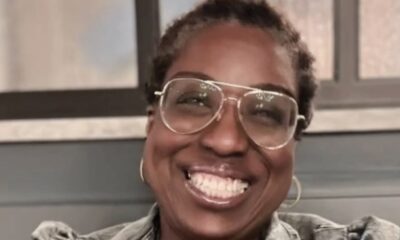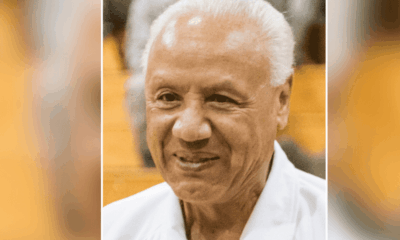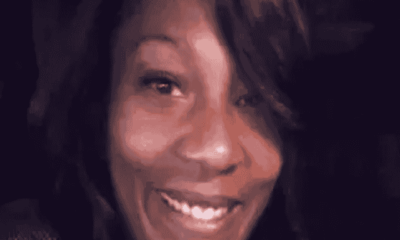Social Justice
Never Unarmed: When Your Skin Color Is A Deadly Weapon
Being unarmed doesn’t make you a threat…your skin color does. For Black people sometimes your skin color is a deadly weapon.
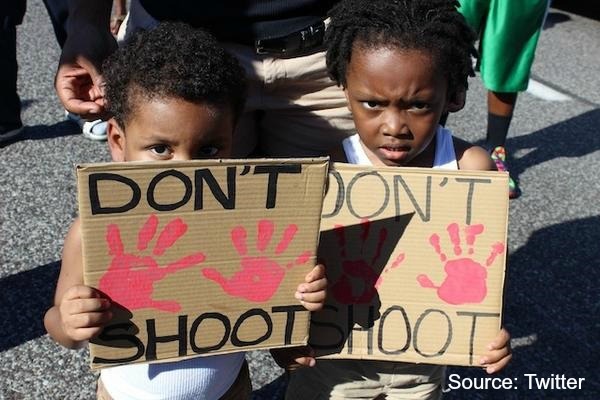
I’m an optimist by nature. That’s tough for a man of color to achieve in NYC, but I would say I fair pretty well. But every now and again I’ll see or hear something that just pulls the pessimist right out of me.
That is what happened on the morning of Friday, November 21, 2014 when I turned on the news and saw another unarmed black man was killed by the NYPD.
When Your Skin Color Is A Deadly Weapon
Akai Gurley
Akai Gurley was walking with his girlfriend down the stairwell of the Louis H. Pink housing complex in Brooklyn, NY, when probationary Officer Peter Liang “nervously” shot him with a single shot to the chest.
News reports expeditiously regurgitated the police reports that the bullet ricocheted off a wall and hit Akai in his chest, implying Liang did not directly shoot Akai.
However, Akai’s girlfriend Melissa Butler, is quoted as saying “They didn’t give no explanation. They didn’t identify themselves. No nothing. They just pulled a gun and shot him in the chest.”
Butler also confirms what the NYPD said, which is that Akai was unarmed and presented no immediate threat to the Liang. Yet, Akai was shot and killed.
Akai’s murder speaks to the level of paranoia and fear police departments across the nation feel when it comes to young men of color. Even being unarmed is not sufficient to become a victim of what is equivalent to reckless homicide.
A valid question is, if Officer Liang were performing vertical patrols in an apartment complex on 59th street and 2nd avenue in pricey mid-town Manhattan, would there be in his subconscious, and maybe in his conscious, a heightened level of paranoia?
I believe there would not be. Why? Because policing tactics such as vertical patrols don’t exist in midtown Manhattan. Programs such as Operation Clean Halls and Stop-and-frisk do not exist in neighborhoods such as Chelsea, Cobble Hill, Millburn, Essex Fells, etc.
These programs, and more importantly, the paranoid belief of police officers that everyone is a threat, even unarmed young men of color, is only applicable in neighborhoods such as East New York, Brooklyn; Oakland, California; Baltimore Maryland; Newark, New Jersey; Ferguson, Missouri; etc. Officer Liang is the most recent published perpetrator of this mentality.
Khalil Gibran Muhammad speaks to this in his book “The Condemnation of Blackness”. He explains there has been, and continues to be, a condemnation of men of color, specifically Black men.
Mr. Muhammad displays the efforts of the academic, medical, law enforcement, and political professions to create, associate and perpetuate a belief amongst whites as well as people of color, that the black male is inherently evil, bad and devoid of any rights based solely on their physical demeanor, biological make-up and overall existence.
This mentality continues to rear its ugly head in current times, as is the case with Akai. What was Officer Liang so afraid of?
I would argue he was afraid of Akai’s skin color and was taught to believe Akai was a threat predicated solely on this fact.
Mistrust in police
I’ve worked with young men of color, and one item is made clear from them – there is a profound level of mistrust towards any form of police enforcement.
Some may respond to this statement and say those young men have a reason to mistrust the police because they are involved in illegal activity.
However, the reality is this distrust exists because of the history of seeing their counterparts slain and, worst yet, there being no substantial repercussions for the individuals or the systemic issues that allow these individuals to operate in a vacuum. The blame here does not lie with Officer Liang solely.
The real blame comes with the history of criminalizing people of color and how the NYPD continues to perpetuate that history by misleading and misinforming probationary officers such as Liang.
What did he have to fear so much that made him nervous to the point he needed to enforce the use of a firearm?
So there are some tough but valid questions that need to be asked and ultimately answered. How does one cope with the perception that your skin color makes you a threat?
Should we have to cope with that? How do we, as those who “oppose” unjustified shootings of unarmed black males, perpetuate this ideology?
When we see a group of young men of color, how does it make you feel? The real fight does not end with the indictment of officers when they kill our young men.
The real fight has to be to bring true justice to an unjust system as well as to challenge and reinvent the idea young men of color are inherently a threat, as does this video.
Most importantly, we have to be bold and shameless to change the mentality of others. That is the most impactful way, from my perspective, to honor our fallen men.
When Your Skin Color Is A Deadly Weapon
Real stories. Real impact. Straight to your inbox. Join thousands others. Click here to subscribe to our newsletter today
Discover more from Unheard Voices Magazine
Subscribe to get the latest posts sent to your email.
-
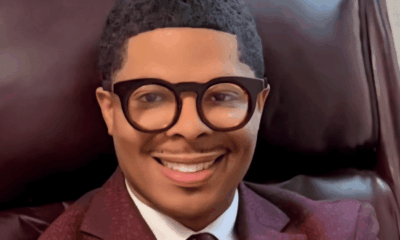
 Crime & Justice2 weeks ago
Crime & Justice2 weeks agoMontgomery, Alabama pastor DaQuarius Green shot and killed in ‘domestic incident’
-
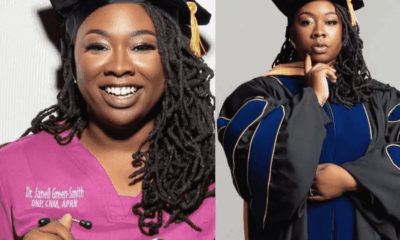
 Community1 week ago
Community1 week agoSouth Carolina midwife Dr. Janell Green Smith dies after childbirth complications
-
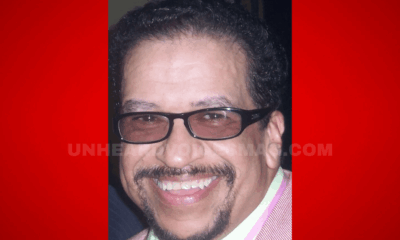
 In Memoriam2 weeks ago
In Memoriam2 weeks agoGospel legend Richard Smallwood dies at 77
-

 Crime & Justice2 weeks ago
Crime & Justice2 weeks agoFormer New York prison guard gets 25 years to life for inmate’s fatal beating
-
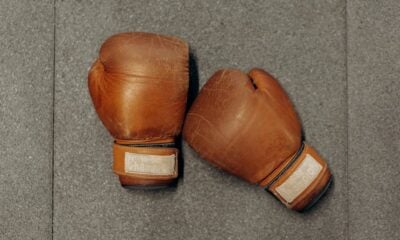
 New Jersey1 week ago
New Jersey1 week agoRising New Jersey boxer struck, killed by car, prosecutor says
-

 Business1 week ago
Business1 week agoNorth Carolina’s first Black-owned children’s bookstore reopens following threats
-

 Community7 days ago
Community7 days agoBeloved Pennsylvania mother killed by ex during custody exchange
-

 Community5 days ago
Community5 days agoGoFundMe for family of Minn. woman killed by ICE raises $1.5 million


